
Growing vegetables requires more than just scattering seeds and waiting for them to sprout. Some crops demand specific environmental conditions, meticulous care, and strategic problem-solving to overcome nature’s unpredictability. Mastering them brings a unique sense of accomplishment and increases gardening skills. If you’re eager to sharpen your expertise, here are 10 hard-to-grow veggies and the hurdles they present.
Cauliflower
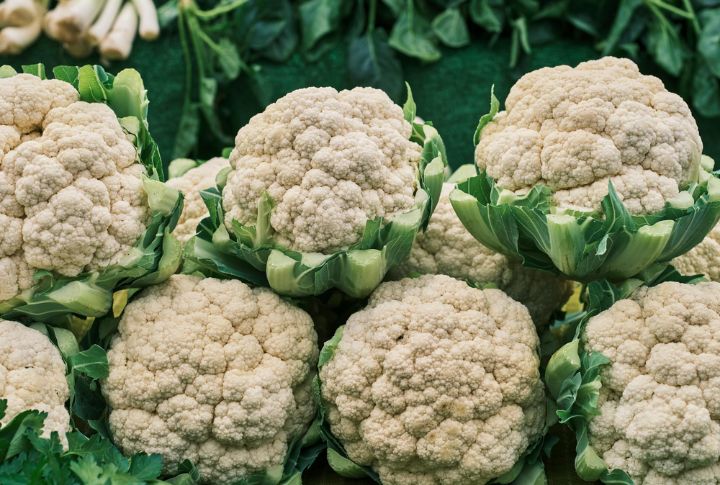
A vegetable that thrives in cool climates, cauliflower requires steady moisture and well-balanced nutrients to form large, uniform heads. Without proper care, it may experience “buttoning,” where growth stalls at a tiny, undeveloped stage. Aphids and cabbage worms frequently target this plant, but protective barriers and organic treatments, such as neem oil, can help curb infestations.
Artichokes
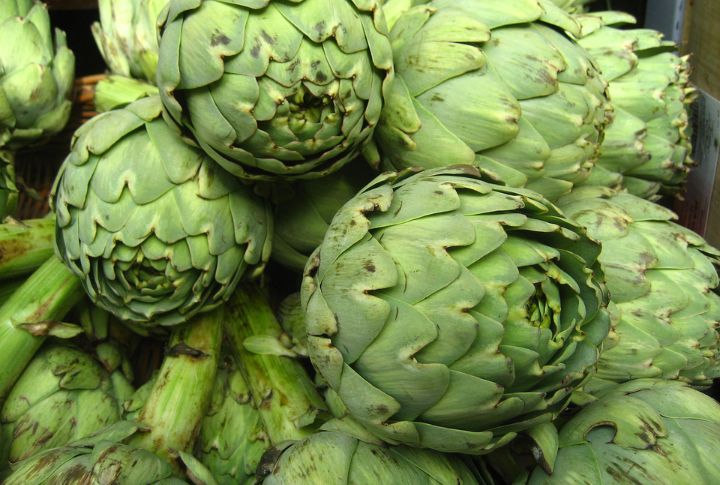
These thistle-like vegetables flourish in coastal environments, where temperatures remain mild year-round. They require loose, well-draining soil to prevent root rot and enough space to stretch their sprawling foliage. Aphids often cluster on the leaves. So, a strong blast of water is needed to clear them away and avoid the need for chemical treatments.
Asparagus

Patience is key when cultivating asparagus, as it takes multiple years to yield its first harvest. This perennial crop demands nutrient-rich soil and weed management to maintain a healthy root system. If left unchecked, weeds siphon away vital nutrients, slowing growth. Asparagus beetles pose a threat, but early detection and removal keep them in check.
Brussels Sprouts

These miniature cabbages thrive under extended cool conditions. When exposed to warm temperatures too soon, they prematurely bolt, disrupting their natural growth cycle. Frequent inspections help catch common pests, such as cabbage worms, aphids, and loopers before they compromise the harvest. Companion planting with marigolds also adds an extra layer of defense, deterring insects naturally.
Carrots

Carrots thrive in deep, loose soil that allows their roots to grow straight and unimpeded. However, their slow germination demands consistent moisture. If soil is compacted or contains hidden rocks, roots become twisted and malformed. To combat this, incorporating sand into heavy soil encourages uniform growth while reducing the risk of fungal diseases.
Onions
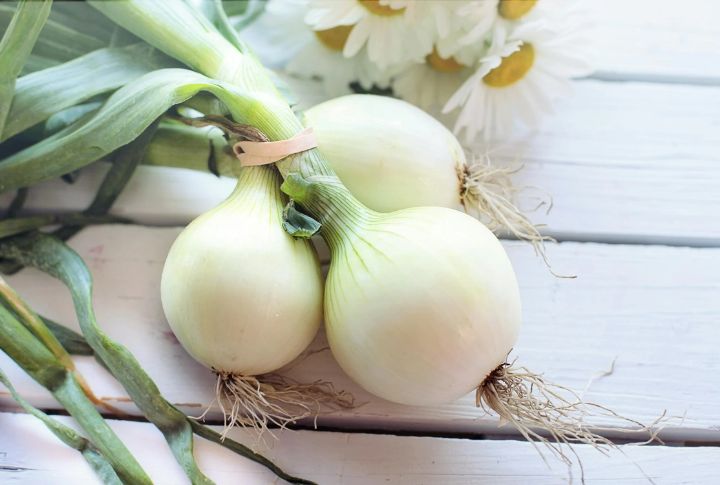
A staple in kitchens worldwide, onions rely on precise daylight exposure to form well-developed bulbs. Their growth cycle is highly dependent on photoperiods, meaning improper planting times can lead to stunted growth. Cooler seasons offer the best conditions, but excessive humidity invites fungal threats like downy mildew and root rot.
Celery
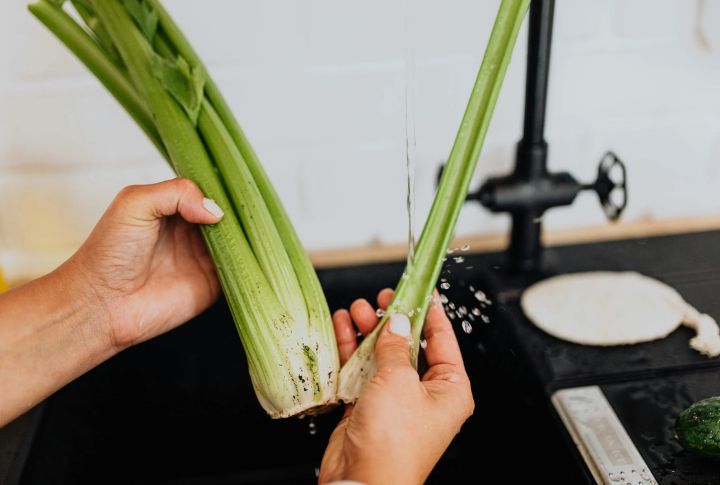
Grown for its crisp, juicy stalks, celery demands uninterrupted hydration throughout its growth cycle. Any inconsistency can result in bitter, fibrous stems that are unpleasant to eat. In regions with scorching summers, shade becomes a vital tool to prevent premature flowering, known as bolting.
Garlic
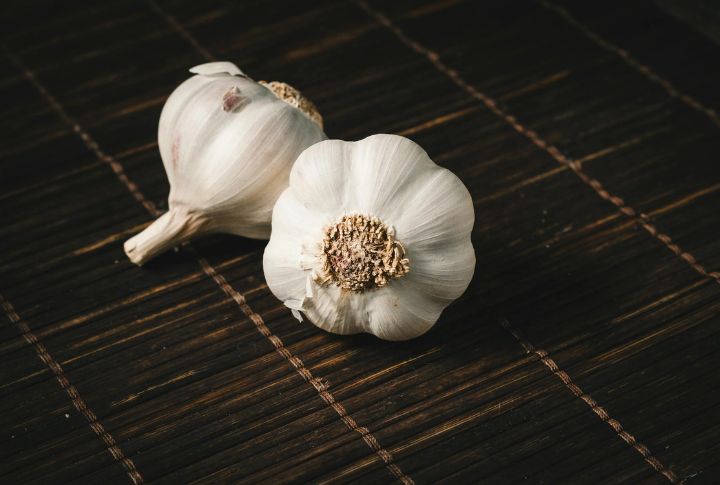
Unlike many vegetables, garlic requires a cold dormancy period to initiate clove development. Overly damp conditions foster white rot, a persistent soil-borne disease that can linger for years, compromising future crops. Adequate spacing between plants ensures optimal airflow, reducing the likelihood of fungal infections while keeping pests like thrips at bay.
Eggplants
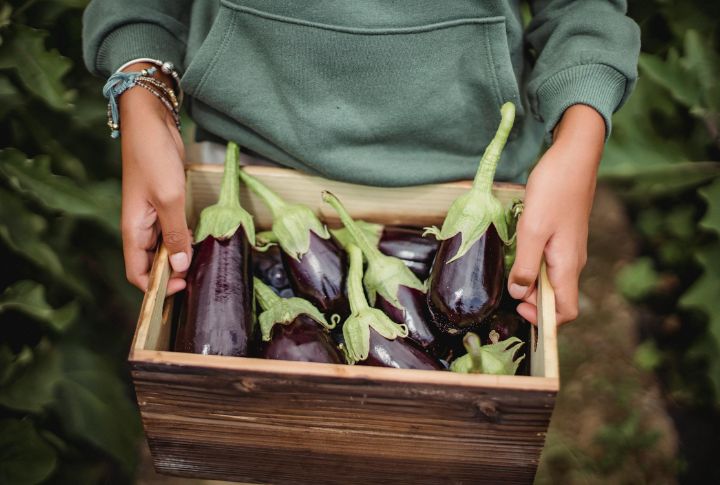
With their glossy, deep-purple skin, eggplants flourish in warm climates but struggle in excessive heat. Flea beetles pose a significant challenge, attacking leaves and weakening plants before they mature. Strategic pruning encourages stronger stems and more fruitful yields, while black plastic mulch can increase soil temperatures early in the season, fostering vigorous growth.
Spinach
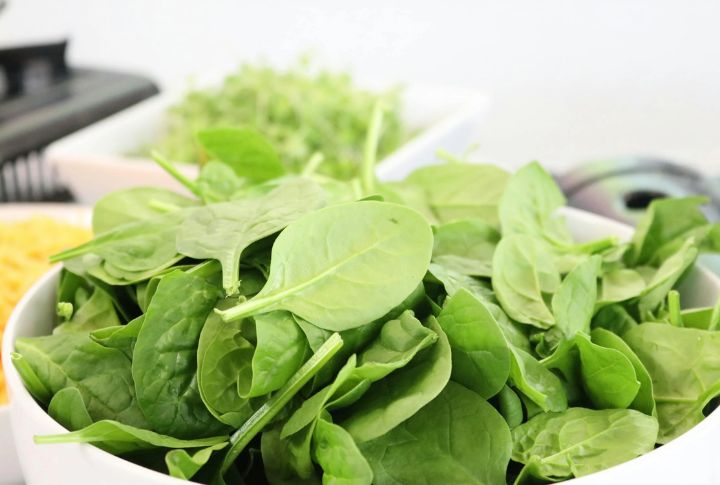
Spinach has been grown in space aboard NASA’s spacecraft. While highly adaptable, it bolts quickly in warm weather, which makes early spring and fall the ideal planting windows. Soil enriched with nitrogen supports abundant leafy growth, but it also attracts leaf miners, which tunnel through the foliage.

